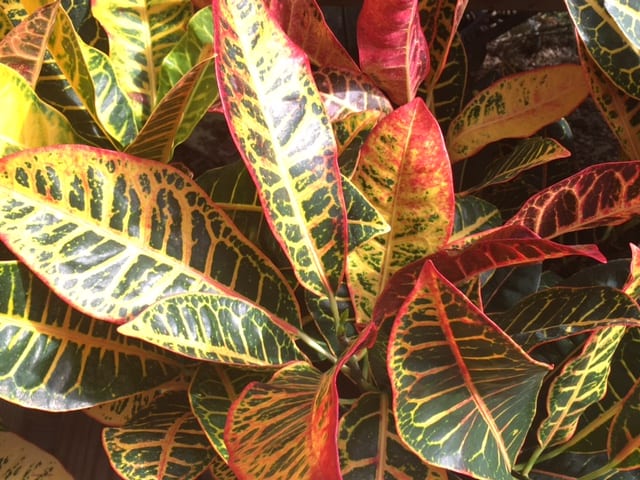Propagating plants by root cuttings is a fairly simple way to create “baby” plants from a favorite “parent” plant. If you’ve never tried propagating plants, we encourage you to try one of our suggested methods. Propagating by root cuttings or by air layering tends to produce healthier, stronger plants than some other forms of propagating (ex: rooting directly in water) but we think you should try all of them at some point.
Supplies for Propagating by Root Cuttings:
- Pruners
- Rooting Hormone Powder
- Small Plastic Pots
- Plastic Cover (clear plastic Ziploc bags work great)
- Growing Mix of either 50% peat and 50% perlite or 50% perlite and 50% vermiculite.

Plastic bags or plastic domes help keep soil moist and your root cuttings nice and warm.

Before you know it, you will be able to bump your root cuttings up to a larger container, making you a propagating pro!
12 Steps for Propagating Plants by Root Cuttings
- Fill your pots with growing mix and water thoroughly so they are ready for your cuttings. Label pots so you’ll remember what plant you are propagating.
- Sterilize pruners with a 3:1 ratio of water to bleach solution. This helps to greatly reduce the risk of spreading disease from one plant to another.
- Choose cuttings at least 4” long from a healthy, vigorous plant.
- Strip leaves off of the bottom half of the cutting.
- Remove any flowers or buds from the cutting so all the energy will be used in producing new roots.
- Dip the cut end into some rooting hormone powder. This helps get root production started and most rooting hormones contain a fungicide that helps prevent the cutting from rotting.
- Place 1/2 to 1/3 of the cutting into the growing mix and lightly water again.
- Cover the cutting with your plastic bag. Use a twist tie to seal the plastic to retain moisture.
- Store your rooted cuttings in a place where you get bright light, but not direct sunlight (direct sunlight will overheat and cook your cuttings).
- Check root cuttings daily to see if you need to water the growing mix; it should always be moist. When you see new growth coming from your cuttings, you’ll know that they have successfully rooted.
- You can now remove plastic and very gently re-pot your rooted cutting into a larger container filled with quality potting soil.
- When your root cuttings have grown to a larger size in the potting soil, they will be ready to transplant into their permanent location. (This might be yet another larger container or in the ground.)

Geranium

Shrimp Plant

Croton
Plants to try Propagating by Rooting Cuttings
Herbaceous plants (those that do not have a woody stem) propagate well by root cuttings. When propagating plants by root cuttings, the plants always do best when the cuttings are taken during their growing season, so mid spring is a great time to try this gardening challenge. (Late summer/early fall is a good time for taking cuttings of frost sensitive plants.)
- Geraniums
- Impatiens
- Philodendron
- Swedish Ivy
- Rubber plant
- Croton
- Coleus
- Christmas Cactus
- Begonia
- Shrimp plant
There are many other plants you can try propagating by root cuttings as well. If you aren’t certain if a plant will propagate, why not try it anyway? You may just get a pleasant surprise. Some woody plants can be propagated by root cuttings, but you may find more success with air layering.
~The Happy Gardener


Trackbacks/Pingbacks